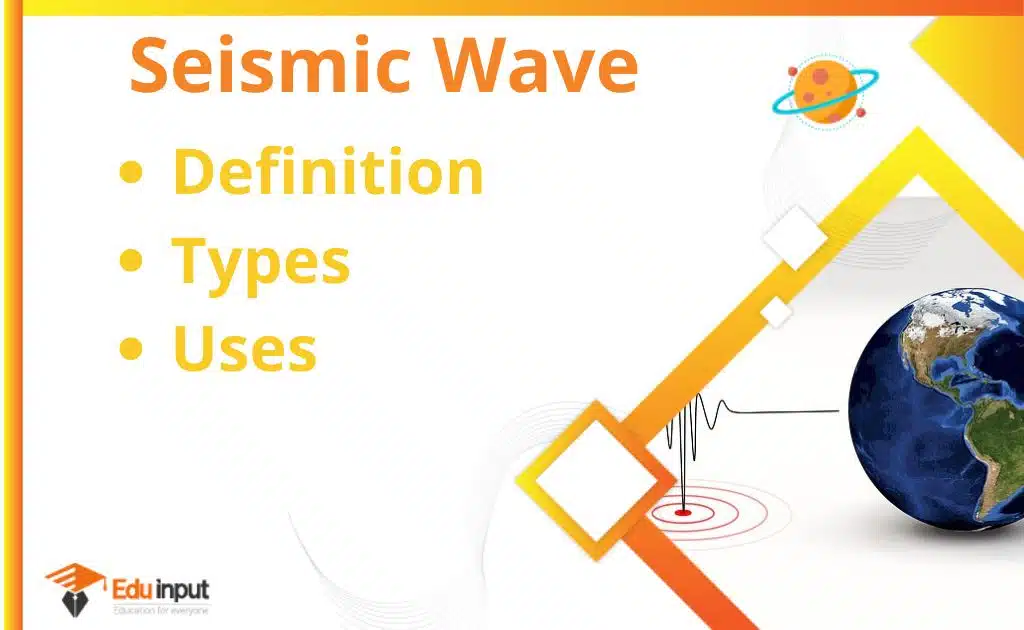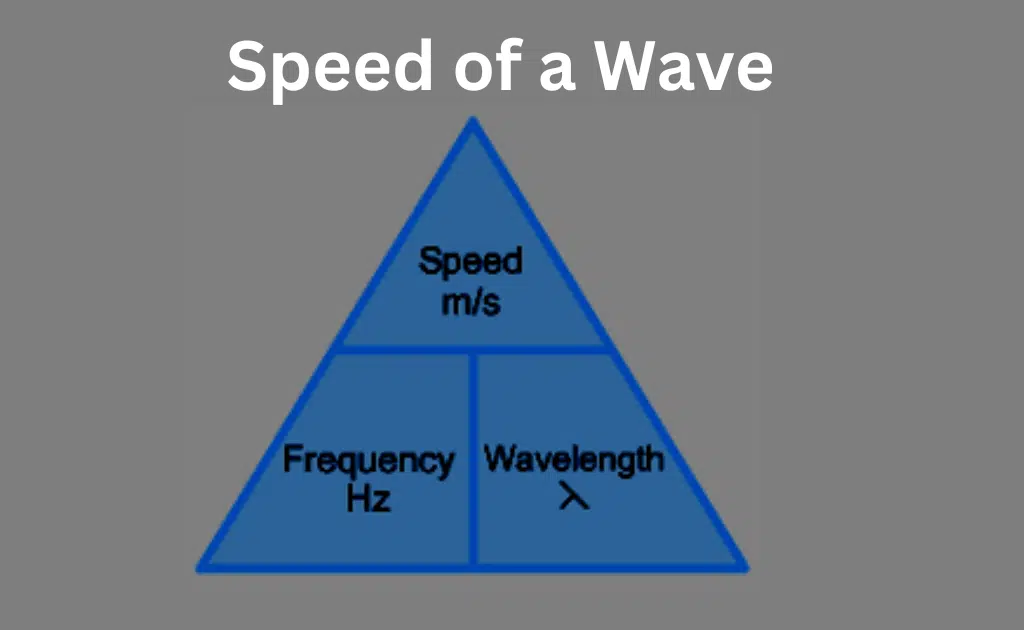Why is Electromagnetic Wave a Transverse Wave?
Electromagnetic waves are transverse waves because they consist of perpendicular oscillations of electric and magnetic fields, which are at right angles to the direction of the wave’s propagation.

Read Common Examples of transverse waves
Reasons Why is Electromagnetic Wave a Transverse Wave
To understand this better, let’s consider a simple electromagnetic wave, such as a light wave. As the wave travels through space, the electric and magnetic fields vary in intensity and direction. However, both fields are always perpendicular to each other and to the direction of the wave’s propagation.
In a transverse wave, the displacement of the medium or disturbance causing the wave is perpendicular to the direction of the wave’s propagation.
In the case of an electromagnetic wave, the disturbance is the oscillation of the electric and magnetic fields, and their direction is perpendicular to the direction of the wave’s propagation. Therefore, electromagnetic waves are transverse waves.
This transverse nature of electromagnetic waves has important implications for their behavior and properties, such as polarization, interference, and diffraction.






Leave a Reply